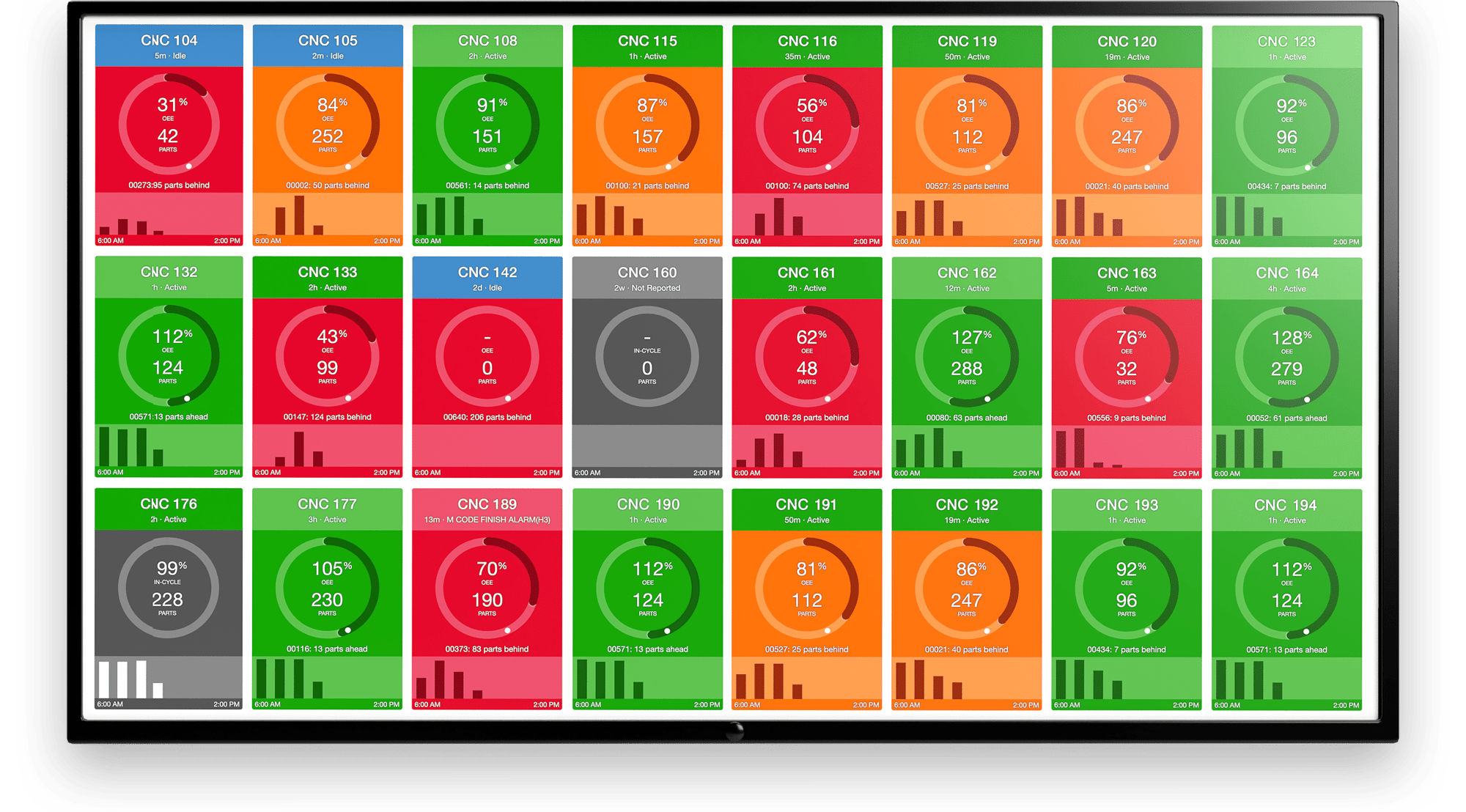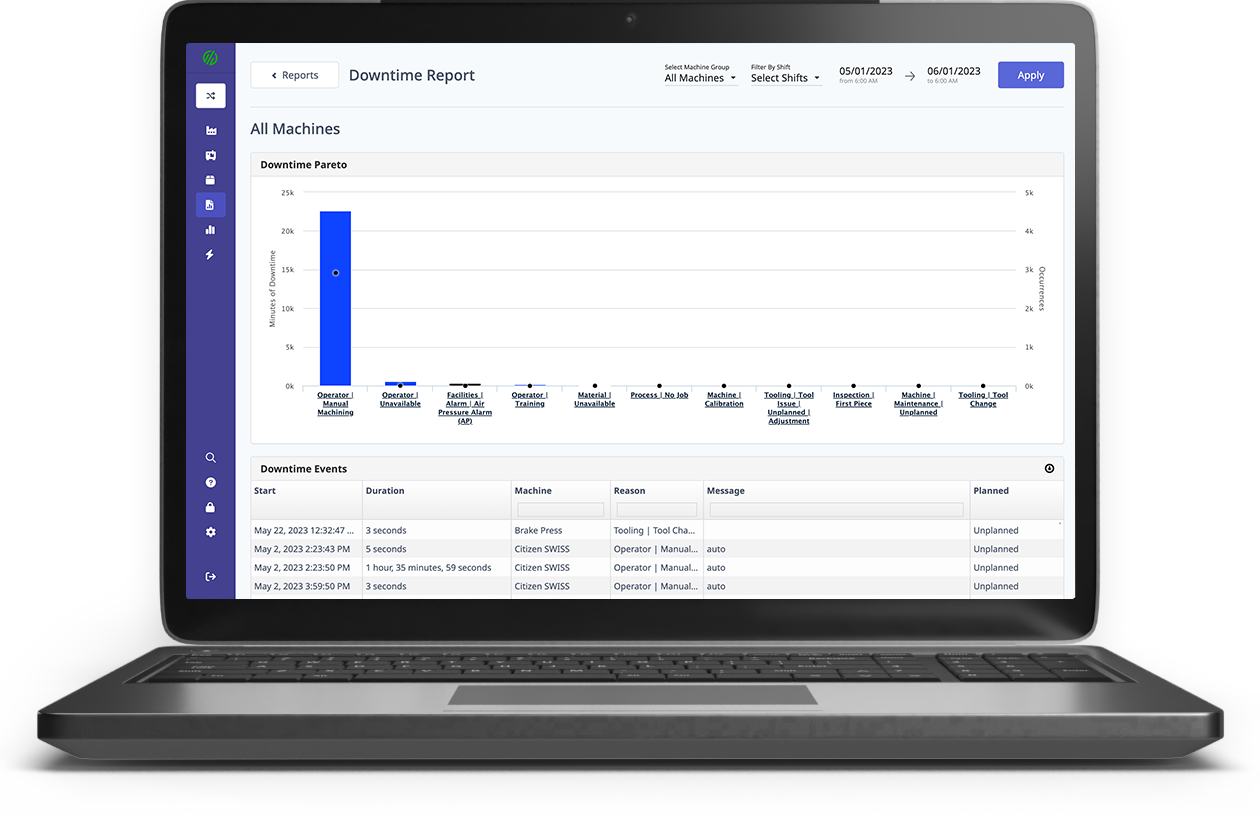MaxAI has arrived! Learn all about it
here
Search
SUGGESTED CONTENT:
MachineMetrics Blog
Meet Your New Morning Teammate: AI Summary for the Daily Production Dashboard! Every day, production leaders across the shop floor start their morning the same way: open the Daily Production
MachineMetrics
/ Dec 17, 2025
Harvey Performance Company is a global leader in precision cutting tools, manufacturing brands like Harvey Tool, Helical Solutions, Micro 100, and others used in aerospace, medical, power generation,
MachineMetrics
/ Nov 19, 2025
Pindel Global Precision is a contract machining company headquartered in Wisconsin and serving a diverse range of industries, including agriculture, hydraulics, electrical, and general industrial
MachineMetrics
/ Nov 17, 2025
Easthampton, MA – November 6, 2025 – MachineMetrics, the industry’s leading production intelligence platform, today announced the launch of Max AI, the new AI-powered intelligence layer for its
press release
/ Nov 06, 2025
START DRIVING DECISIONS WITH MACHINE DATA.
Ready to empower your shop floor?
Learn MoreDo You Really Need to Buy that New Machine?
MachineMetrics
/ March 30, 2023
Every manufacturer has been there: Orders are out of control, and demand is sky-high. Overtime has become the norm, and everyone is wondering how to meet demand without increasing lead time and...
How to Measure and Optimize Machine Productivity
MachineMetrics
/ October 06, 2022
Getting your machines to do more is the name of the game. Even in high-tolerance industries, it’s pivotal for equipment to deliver parts that meet production standards and output on a consistent...
Machine Utilization: Track and Improve Equipment Perfor...
MachineMetrics
/ August 18, 2022
Key Takeaways: Machine utilization measures how effectively manufacturing equipment is used in production processes. High utilization rates indicate efficient use of resources, leading to lower costs...
Visualize Producton Performance Using OEE Dashboard
MachineMetrics
/ March 10, 2022
A manufacturing company is only as good as its manufacturing equipment. But more importantly, how well the organization uses its equipment. Without knowing the overall equipment effectiveness (OEE)...
How to Perform a Manufacturing Capacity Analysis
MachineMetrics
/ July 01, 2021
Key Takeaways: Capacity analysis helps manufacturers understand their production capabilities and identify potential bottlenecks. Accurate capacity planning ensures that resources are utilized...
Get In Touch With Us
Easthampton Office
116 Pleasant St, Suite 316, Easthampton, MA 01027
Platform
Industry Solutions


.png?width=1960&height=1300&name=01_comp_Downtime-%26-Quality_laptop%20(1).png)